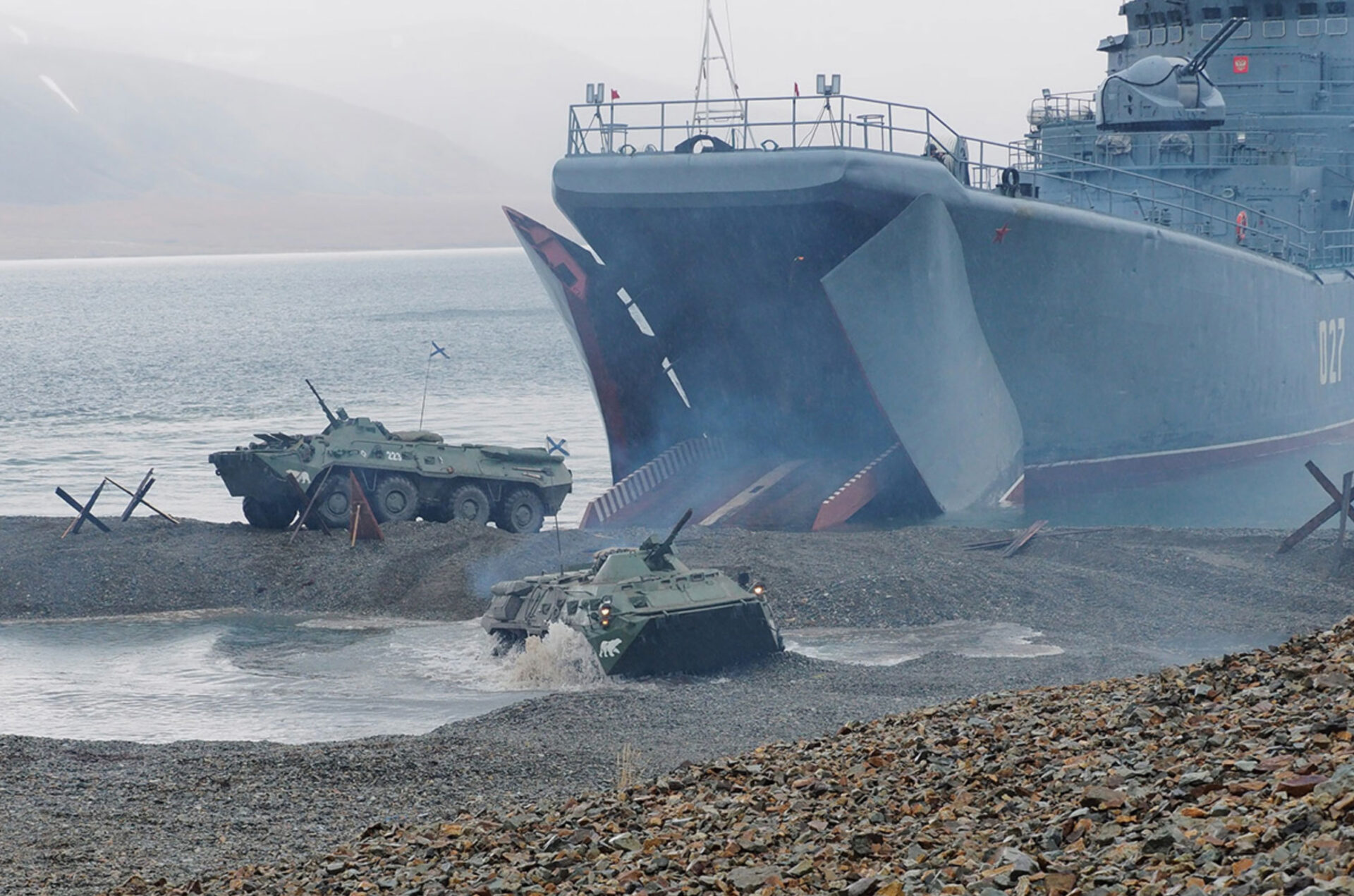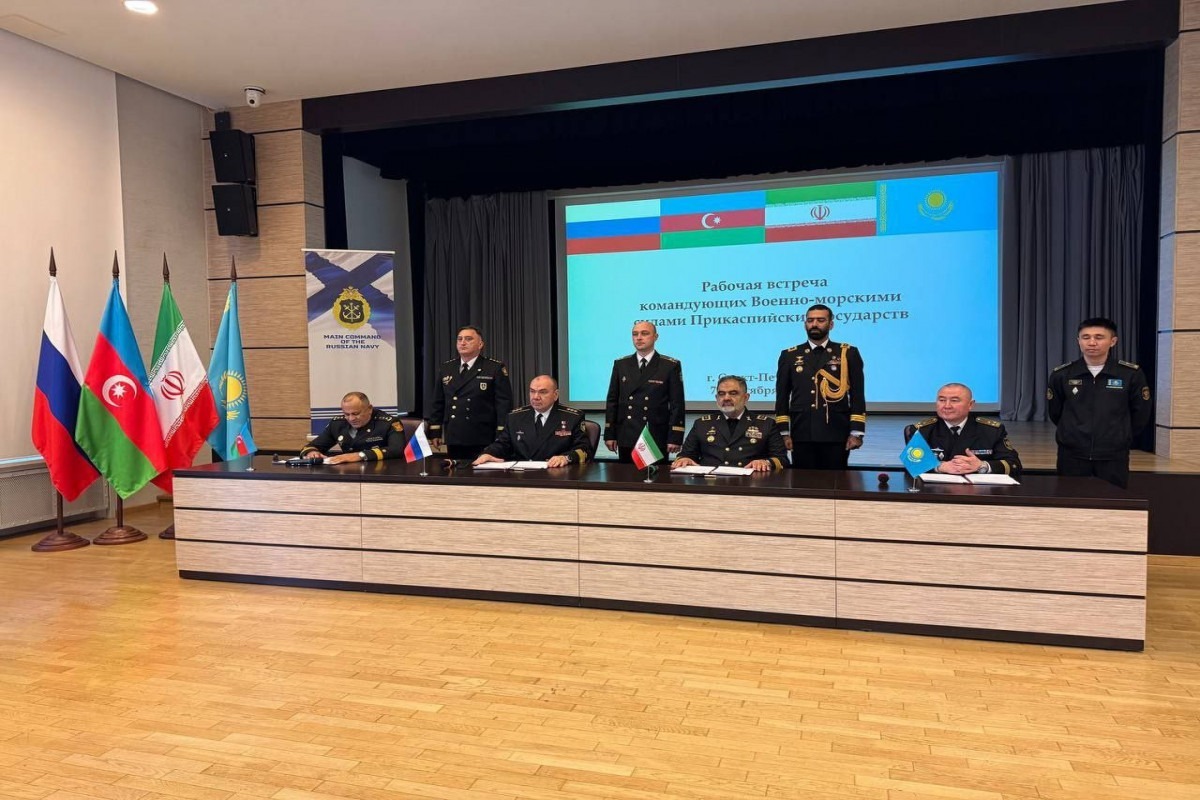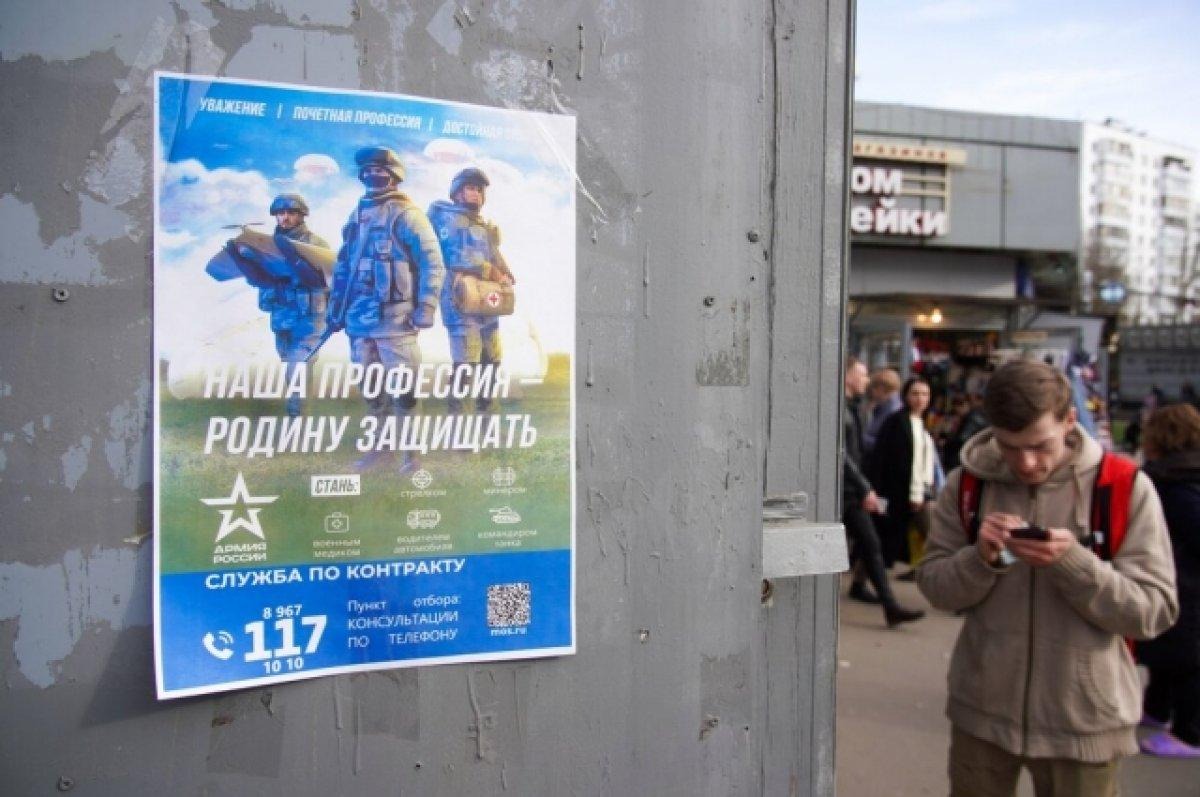
Moscow Prepares Annual Strategic-Level Military Exercise: Tsentr 2019
Moscow Prepares Annual Strategic-Level Military Exercise: Tsentr 2019
The highlight of every combat training year in the Russian Armed Forces is the annual strategic-operational exercise, sometimes designated as a strategic command-staff exercise. These rotate in terms of the primary focus of the exercise on the basis of the Military District or Joint Strategic Command (Obedinonnye Strategicheskoe Komandovanie—OSK): Zapad (West), Vostok (East), Tsentr (Center) and Kavkaz (Caucasus). The annual exercise this year focuses on the Central OSK; though, like in earlier annual strategic exercises, the forces involved will also be drawn from other OSKs. A pattern is emerging, however, in the break from tradition in Vosotok 2018, to include exercising with forces from China and Mongolia. In Tsentr 2019, scheduled for September 16–21, this is being expanded into an even more multilateral framework—to include forces from the regional members of the Shanghai Cooperation Organization (SCO) as well as the Collective Security Treaty Organization (CSTO) (Ridus.ru, September 6).
Tsentr 2019 will include, in addition, to Russia, forces from China, India, Pakistan, Kazakhstan, Kyrgyzstan, Tajikistan and Uzbekistan. The first three Central Asian countries will be participating on the basis of their dual membership in the CSTO and the SCO; while Uzbekistan’s involvement relates to its membership in the SCO. Nonetheless it is quite rare for Tashkent to approve its participation in Russian-led military exercises. Since the reform of the Russian Armed Forces initiated in late 2008, there have been two earlier versions of the Tsentr series: In Tsentr 2011, all the members of the CSTO apart from Uzbekistan (then still a member) participated, with the inclusion of additional forces from Ukraine. In addition to Russian training grounds, that year’s exercise also took place in facilities on Kazakhstani and Tajikistani territory. Tsentr 2015 was held exclusively on Russian soil and had less CSTO involvement, serving as a preparation for Russian operations in Syria (VPK, September 3).
It seems, officially at least, that this year’s Tsentr exercise will exceed the scale of its previous iteration. Tsentr 2015, involved 95,000 personnel, more than 7,000 pieces of hardware and weapons, 170 aircraft and 20 warships. The real difference in Tsentr 2019 lies in widening out the participation to SCO countries (China, India, Pakistan) and giving the exercise at least a veneer of multilateral maneuvers (Argumenti.ru, September 4). Russian Defense Minister Sergei Shoigu claimed that this exercise, as such, is not aimed against a third party country, focusing mainly around “counter-terrorist” operations. According to the Russian defense ministry, Tsentr 2019 will officially include 128,000 personnel, 20,000 pieces of equipment and weapons, 600 aircraft and helicopters, and 15 warships. It will be held at training grounds in the Orenburg region, Dagestan, Astrakhan region, Chelyabinsk region, the Altai Territory and the Kemerovo region. However, the main stage of the exercise will take place at the Donguz training ground, in Orenburg (Tvzvezda.ru, September 4).
While the numbers of military personnel in such strategic-level exercises are often exaggerated, the tendency to claim it is the “biggest” since the collapse of the Soviet Union seems missing from this year’s official narrative. Some Russian analysts note, however, that the Tsentr 2019 scenario looks less like preparing for counter-terrorist actions, than for inter-state war; this has been a feature of all Russian strategic exercises in recent years, though not an exclusive dimension, as these build in multiple vignettes in order to rehearse using force in numerous conflict types. In the early part of the exercise, for instance, military operations will be worked out on the basis of “army against army,” with an emphasis on repelling enemy air missile strikes. The second stage will then transition into rehearsing counter-attacks (VPK, September 3).
In early September, the first echelons with military personnel and equipment from the Chinese People’s Liberation Army (PLA) arrived in the Orenburg region to participate in the strategic command-staff exercise. Following the inclusion of Chinese forces in Russia’s annual strategic exercise Vostok 2018, it is likely much Russian media attention will play up the continued involvement of the PLA in such annual Russian mega drills. Earlier, an advanced group of PLA officers were greeted at the airport in Orenburg and helped with the loading of military hardware and equipment onto special heavy-duty carriers for the Russian military logistics service to carry out all the movements to the training grounds (Tvzvezda.ru, September 4).
The key questions are whether there are particular areas of interest the Russian military leadership will test or rehearse during Tsentr 2019; and if so, will this be mainly in isolation from the partner militaries or conducted as joint operations. In Tsentr 2015, as noted, the exercise was used to prepare for Russia’s deployment of forces to Syria that soon followed. That exercise also tested strategic mobility and included a degree of strategic messaging (see EDM, September 22, 2015).
The straight military aspects of the exercise will certainly be of interest to foreign analysts and governments—particularly those following the (debated) crystallization of the Russian-Chinese strategic partnership into something more akin to a full alliance (see EDM, July 30), or those examining the various elements of Russian approaches to warfare (see Russia’s Military Strategy and Doctrine, Jamestown, 2019). However, some of the most critical issues will concern the political-military dimension. As one Russian commentary summed it up, “Thus, the largest exercises of the Russian army are turning into a coalition with the participation of allied and friendly powers. This, of course, is a serious signal for the United States and NATO [the North Atlantic Treaty Organization]—if we estimate the combat potential of the countries participating in Tsentr, then even the most hyped figures from outdated directories about the power of NATO are not accurate” (Argumenti.ru, September 4).
It is difficult to imagine the circumstances in which Beijing, Delhi and Islamabad would all join forces with Moscow, given the differences between these powers. Yet, by staging its annual strategic-level exercises to include SCO members in this way, Russia clearly wants to raise the specter of alliance building. Although this seems may still be at a formative stage and remains easy to fold into an exercise, it may be the case that military planners in the US and NATO should not discount the possibility that if conflict breaks out with the Russian Federation, Moscow may not, in fact, be alone in the ensuing struggle.


